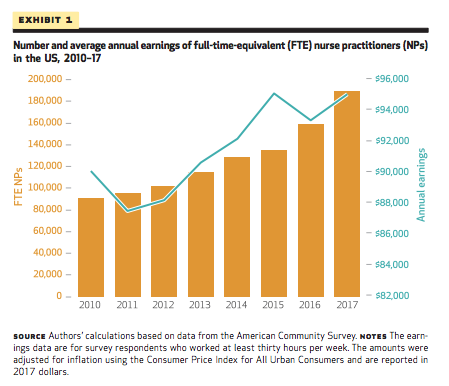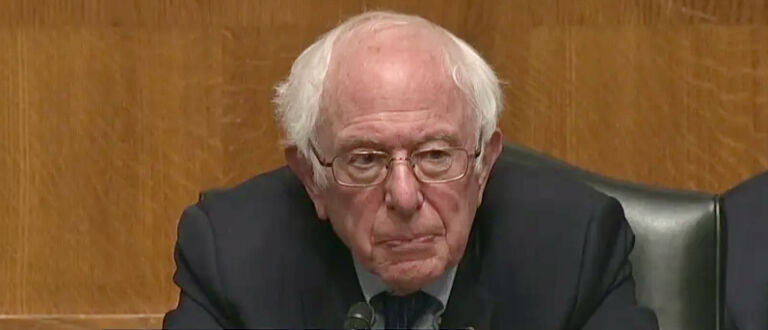The nurse practitioner (NP) workforce is growing in the United States. A new study published in Health Affairs looked at the growth rate of the profession since 2010:
The number of FTE NPs in the US more than doubled (an increase of 109 percent) in the period 2010–17, from approximately 91,000 to 190,000 (exhibit 1). Over this same period, the number of RNs who were not advanced practice RNs grew 22 percent (from roughly 2.5 million to 3.0 million), and the total number of physicians grew 9 percent (from roughly 870,000 to 950,000) (see the online appendix). Real (that is, inflation-adjusted) earnings for NPs also grew 5.5 percent over this period (exhibit 1), which suggests that demand continues to increase overall. In all years, fewer than 1 percent of NPs were unemployed (data not shown).
The decreasing number of physciains who are entering into primary care is a major concern in the health care sector. Given this trend, NPs are filling the shortage in primary care. NPs can also help fill the shortage of primary care doctors in rural areas.
However, the law in North Carolina and 11 other states severely restrict the ability to practice with the authority for which they have been trained. Legislation has been proposed in North Carolina that would significantly increase the freedom of NPs and other advanced practice registered nurses (APRN) would enjoy to practice and treat patients.
The health care delivery today looks very different than it did when the restrictions on APRNs were put into place. As health care delivery continues to evolve, so should the regulations dictating who can practice medicine and in what manner. Reform should focus on removing barriers for medical professionals and opening up access to care, especially primary care. APRNs will be a big part of the future of health care as the data in the report referenced above shows. Let’s remove the policies that will inhibit these highly-trained professionals from freely practicing medicine.



